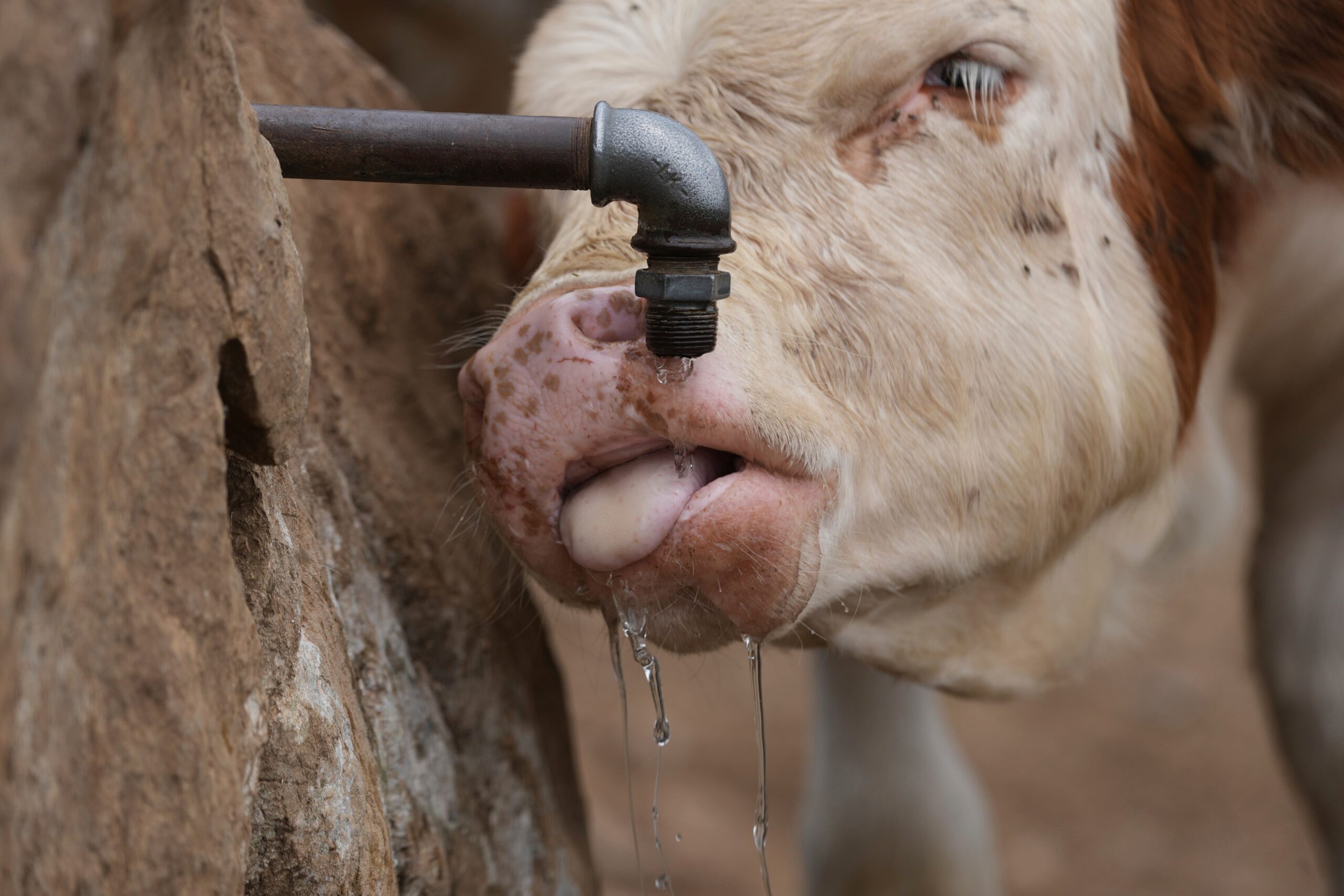Nikola Manojlovic of the neighboring village of Mali Krcimir bemoaned the lack of rain on the mountain since May 27.
Belgrade, the capital of Serbia, is roughly 250 kilometers (155 miles) away from Suva Planina.
On a plateau at an elevation of about 1,200 meters (nearly 4,000 feet), the major water spring has been replaced by fractured ground, and there is also dust and dry, yellow grass as a result of the drought.
He claimed that despite our efforts to dig fresh wells, everything had dried up. Our cattle were screaming and without water for three days, which was terrible.
On Thursday, workers used hoses to fill a pond from the tanks for the thirsty animals as authorities drove up water trucks in alarm. In the upcoming weeks, the Ministry of Agriculture said, it will continue to supply supplies.
Following the water trucks’ ascent of the mountain, local municipal chief Milisav Filipovic declared, “We are not in immediate danger.” Down the mountain, in settlements that have been without water for weeks, he said, the situation is still dire.
According to Filipovic, “our farmers don’t remember such a bad and hard year.” The majority of people in this area cultivate and use the products for their personal purposes and survival. They have experienced unseen adversity this year.
Farmers claim that the land is too dry far below the surface to readily recover, even though a period of rainy weather in July provided some respite. In Serbia’s rural areas, numerous small rivers, lakes, and creeks that are typically exploited have dried up.
According to forecasters, this year’s June may turn out to be the driest in recent memory in neighboring Bosnia, severely harming the country’s agricultural sector.
To address the effects of the drought, officials in eastern Croatia imposed emergency measures in a number of municipalities along the Hungarian border. Vegetable farmers across the nation have warned that many may lose their jobs.
Both Kosovo and Albania reported water shortages earlier in July, which also had an impact on Albania’s ability to produce energy.
Fearing low production, which could lead to price increases, Serbian farmers have requested financial assistance from the government. Due of the nation’s inadequate irrigation systems, many farmers are weather-dependent.
The damage to the maize is already so great that it wouldn’t help even if it rained for the remainder of the summer, Jovica Jaksic of the Independent Farmers Association told the state RTS television.
Scientists caution that climate change is making portions of Europe more susceptible to wildfires and health effects by increasing the frequency and severity of heat and dryness.
According to the EU monitoring agency, 2024 was the hottest year on record in Europe and the world, with the second-highest number of “heat stress” days.
The GDP of Hungary, Serbia’s northern neighbor, has suffered greatly as a result of weather-damaged crops. Prime Minister Viktor Orb n has responded to this by announcing the formation of a “drought task force” to address the issue.
Desertification, a process where flora retreats owing to high heat and insufficient rainfall, has been threatened by ongoing droughts in the southeast region of the country, namely in the Great Hungarian Plain. The nation’s weather office warned of the detrimental consequences on crops on Thursday, stating that the soil is still extremely dry.
In the upcoming days, a fresh heat wave is anticipated in the Western Balkans.
___
This article was written by Justin Spike of the Associated Press in Budapest, Hungary.
Thanks to AP
Thanks to AP
Thanks to AP
Thanks to AP
Thanks to AP
Thanks to AP
Thanks to AP
Thanks to AP






